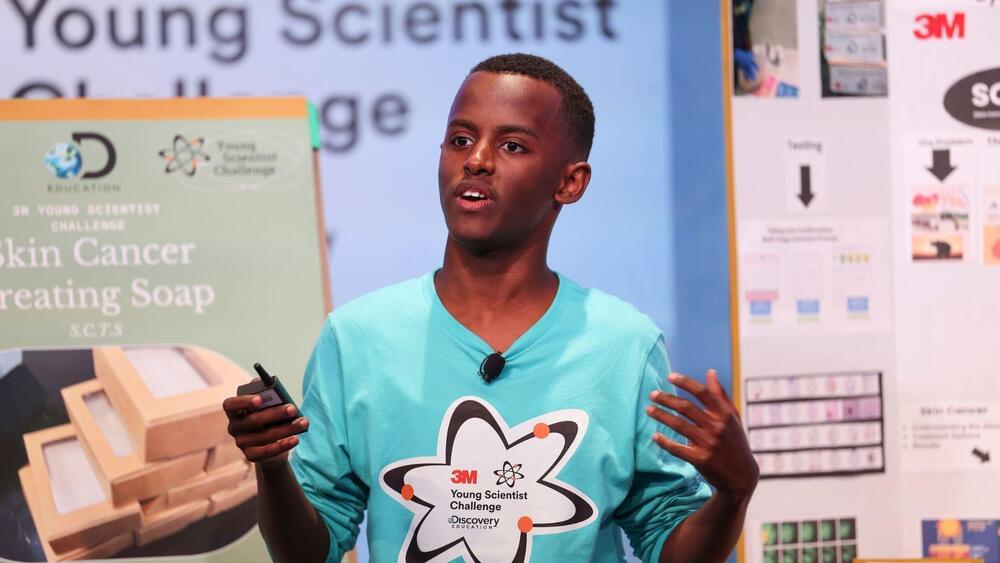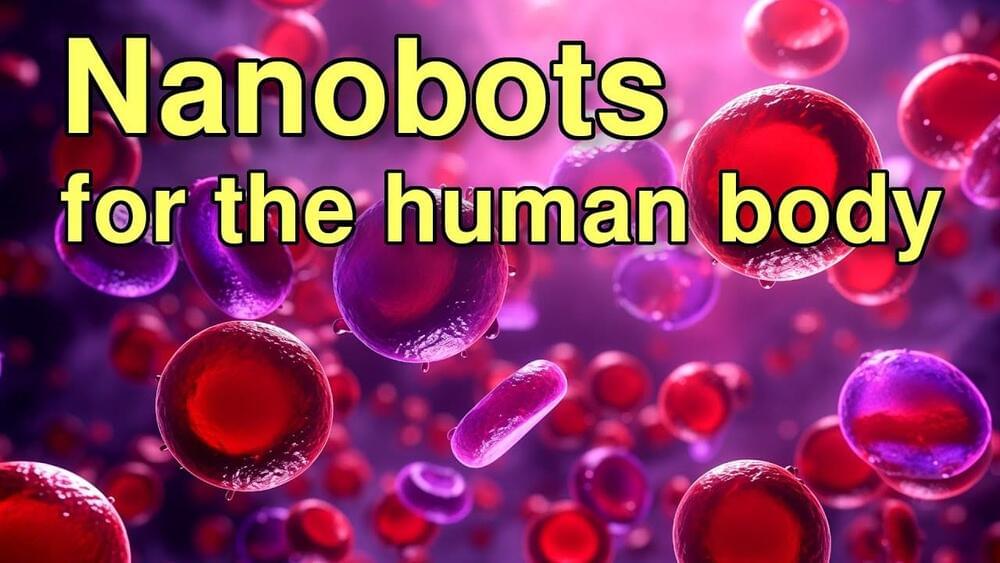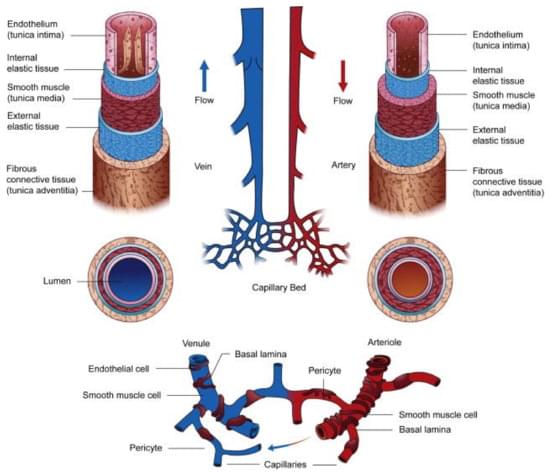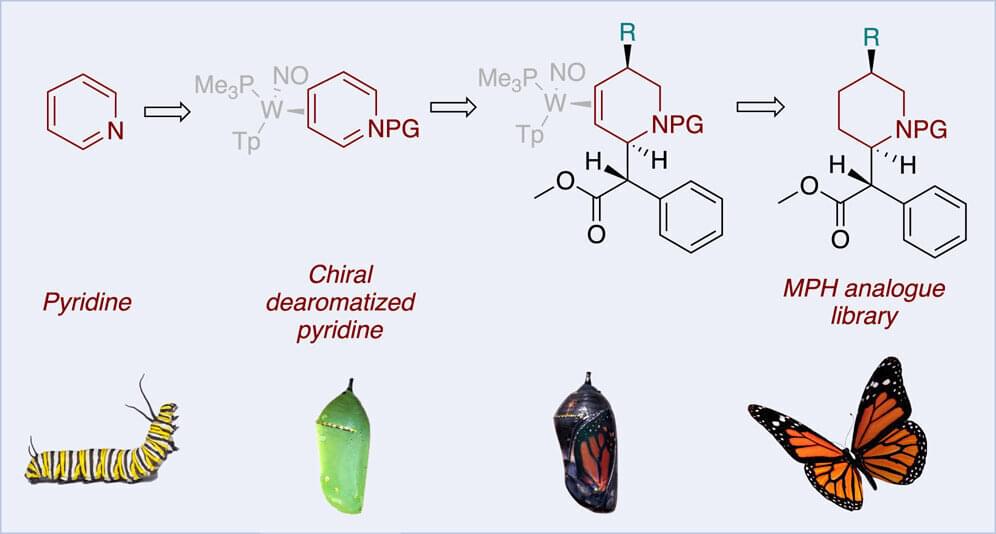Nov 1, 2023
Lung cancer awareness: The importance of early detection and treatment
Posted by Shubham Ghosh Roy in categories: biotech/medical, chemistry
Lung cancer is the third most common cancer in the U.S. and there have been more than 235,000 new cases of lung cancer in 2021. While this figure is significant, the rate of new lung and bronchus cancer cases is decreasing, in part because more people have stopped smoking. This trend, along with innovations in early detection and treatment, is also reducing the number of lung cancer deaths.
Dr. Robert Taylor Ripley, associate professor of surgery in the Division of General Thoracic Surgery, is an expert in mesothelioma and thoracic surgical oncology. In the following Q&A, he discusses common causes of lung cancer, risks and the latest treatments.
Q: What are the most common causes of lung cancer? A: Smoking cigarettes is the most common cause, but others include secondhand smoke and environmental inhalants. We see a fair number of patients with lung cancer who have never smoked. Exposure to diesel exhaust or other chemicals may also cause lung cancer in some non-smokers.















